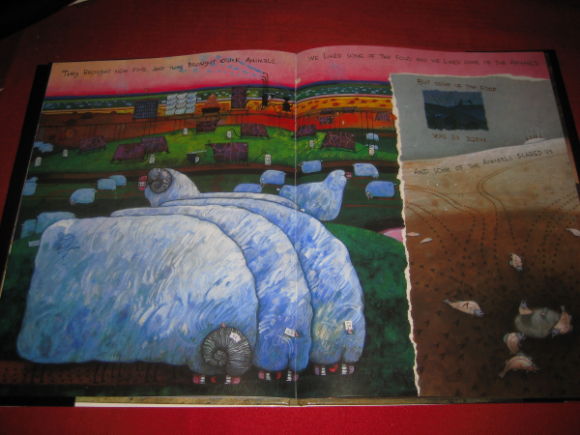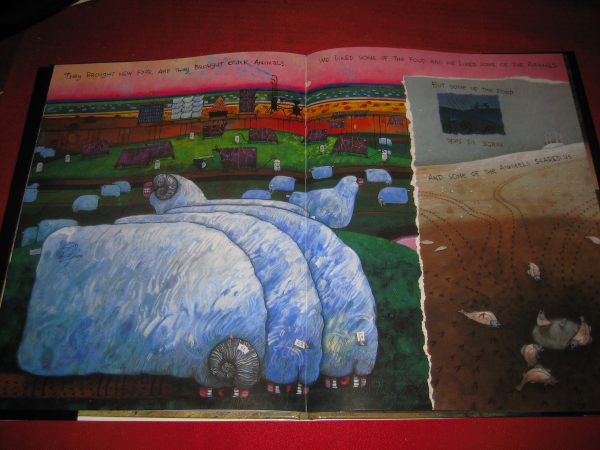Back in January I attended our National In-service day. In between the big hitters, we were introduced to Cultures of Thinking #culturesofthinking courtesy of educational consultant Simon Brooks. His whistle stop tour, was exactly that.
As part of the Headteachers meeting the following day, Simon led an impassioned and influential seminar, primarily through a worked example of See-Think-Wonder (a #CoT routine). It was a simple activity, expertly delivered. Participants were involved and the routine, elicited a convincing argument for further exploration of this approach.

As is customary, we received some recommended reading and a handful of signposted resources to which I have added. Podcasts are a great way to consume knowledge if you have a commute like I do.
Harvard Project Zero – Cultures of Thinking
Harvard Project Zero – Cultures of Thinking specific resources
I curated some YouTube videos here and there is healthy conversation with the #culturesofthinking hashtag.
Lastly, The Learning Capacity podcast has a series of interviews with Simon Brooks already curated on SoundCloud.
[soundcloud url=”https://api.soundcloud.com/playlists/238796291″ params=”auto_play=false&hide_related=false&show_comments=true&show_user=true&show_reposts=false&visual=true” width=”100%” height=”300″ iframe=”true” /]
And this from Oakland Literacy Podcast.
[mixcloud https://www.mixcloud.com/oaklandliteracypodcast/19-cultures-of-thinking-with-ron-ritchhart/ width=100% height=120 hide_cover=1 light=1]
From my double dip experience I failed to realise the depth and breadth of investment in #CoT. Since 2000, the Cultures of Thinking Project has worked with hundreds of public, independent, and international schools to help transform them into places where thinking is “valued, visible and actively promoted,” and student subject understanding is deepened.
I am slowly reading Creating Cultures of Thinking and making subtle changes to my own teaching language, questioning and routines. With only a terms #CoT experience, I can already see the benefits in class; most clearly in the time students take in planning their verbal responses and in more cooperative and productive group work. I can see the benefit in students’ written responses; greater insight and where responses are given from multiple perspectives. In my assessment of what and what-not the students have grasped. “What makes you say that?” has become common parlance.
Next steps – planning how to develop and encourage a “thinking culture” within a school.



Pingback: thinTHINKINGking – forecasting performance | KristianStill